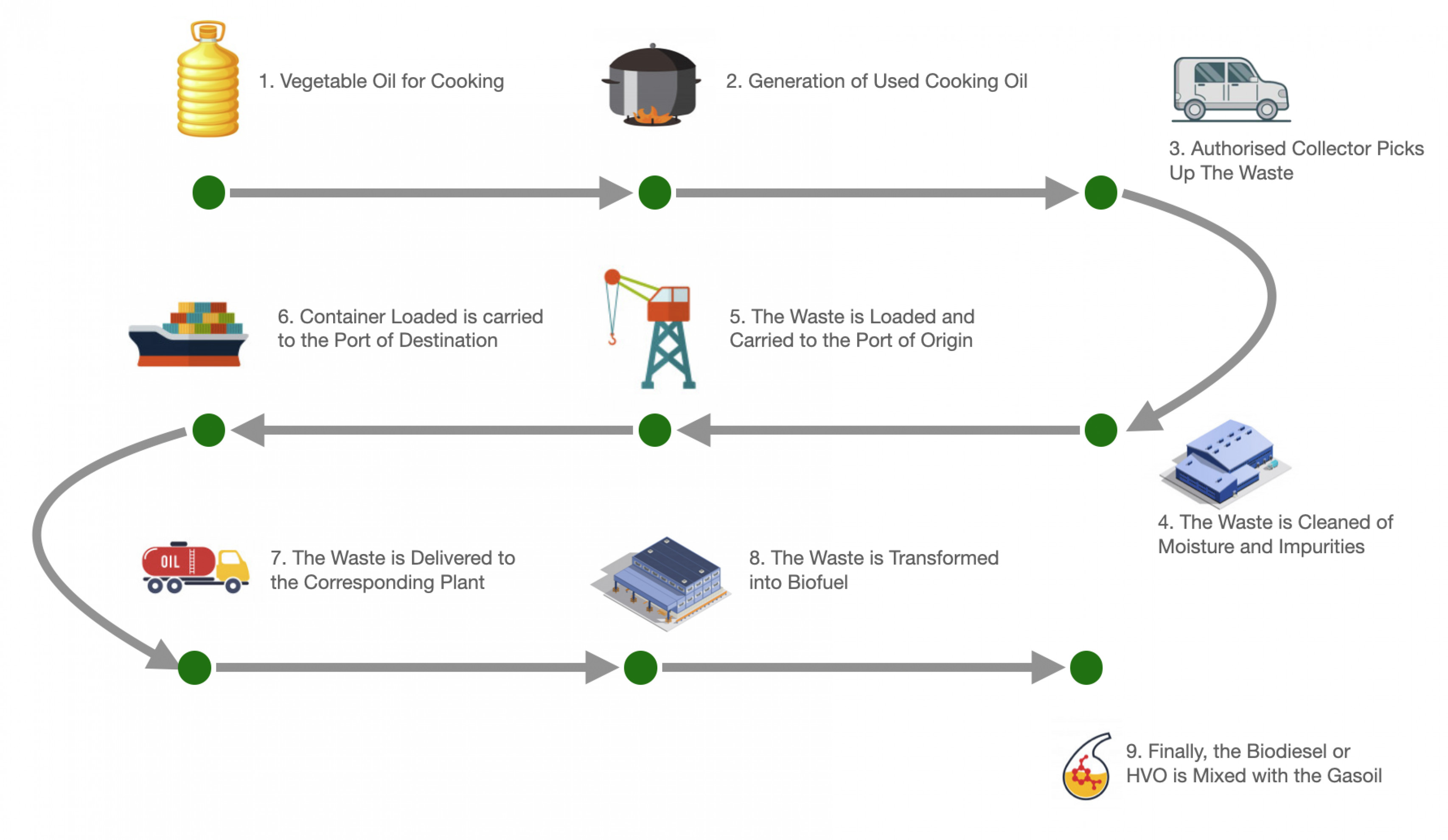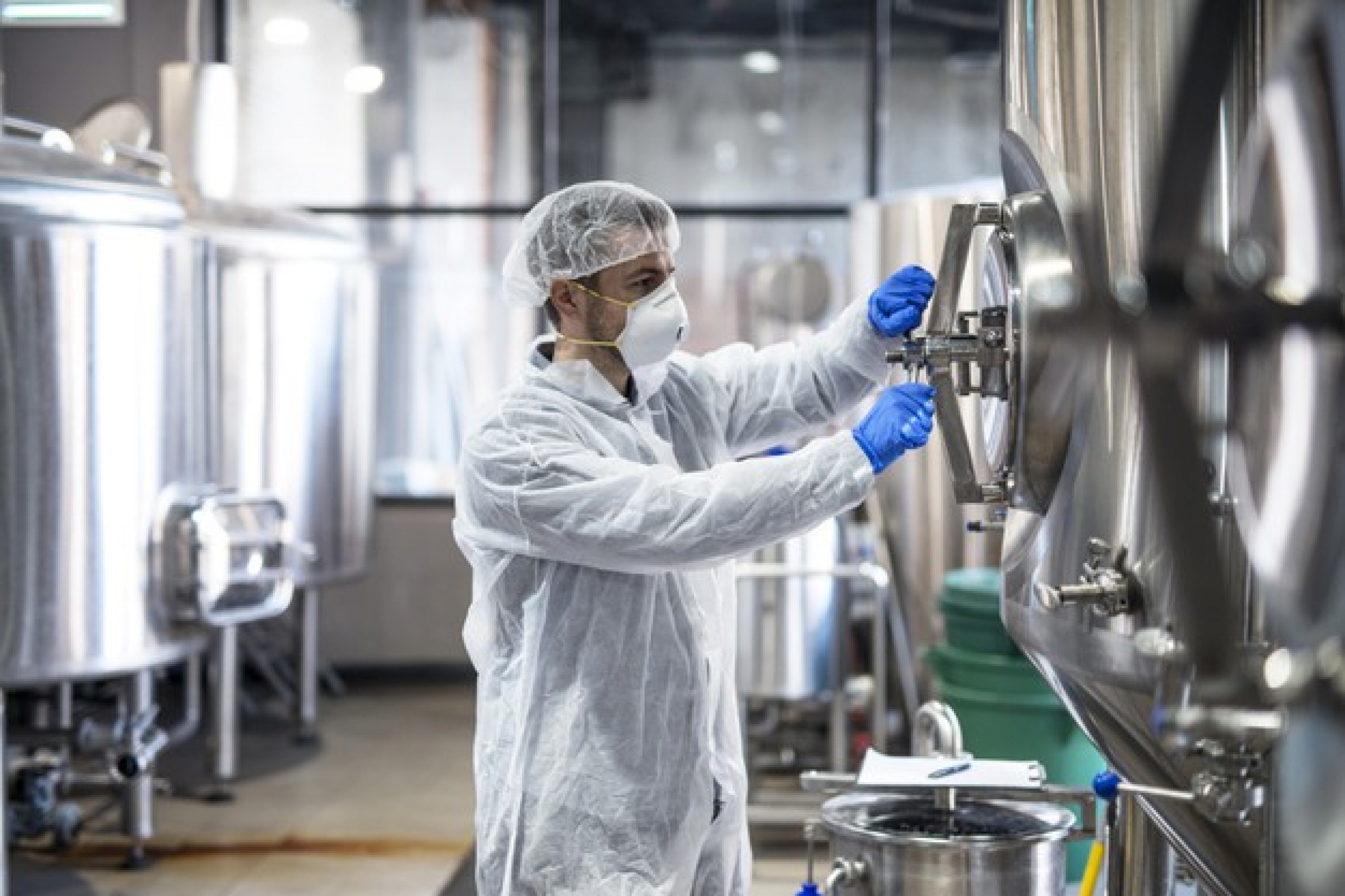Authored by Susan Cheah
Published at 13 May, 2021
The Lifecycle of Unused Cooking Oil (UC)
Many commercial kitchen uses a lot of cooking oil and often simply being disposed of, and more often than not, it’s being disposed of improperly, like simpling pouring into the kitchen sink of drainage, which resulted in terrific damage to the municipal sewer system and became hazardous to the local community.
As a matter of fact, these waste could actually be put into good use, for both household and commercial use. Most of the time, a commercial can hire a professional recycling service provider like Capital oil to handle most of the part for you. Capital oil is a proponent of the circular economy and renewable energy by contributing to the cleaning of the planet with transformation of waste into clean energy.

The process of recycling used cooking oil is also made very simple for the kitchens, with oil barrel provided as well. The following are the steps along the process:
Vegetable Oil for Cooking
Commercial kitchen will acquire vegetable oil for their cooking needs, it can comes from all any different source.Generation of Used Cooking Oil
Once these cooking oil are used, it would become used cooking oil, after some of the oil are reused a number of healthy times, these are then being stored in oil container barrel provided by the recycling service provider.Authorised Collector Picks Up The Waste
These container barrel can then be collected by the authorised service provider from the kitchen premise at the predetermined timing interval.The Waste is Cleaned of Moisture and Impurities
The waste is then clear of moisture and impurities at authoried facilities ready to be transprorted to the corresponding plant.The Waste is Loaded and Carried to the Port of Origin
The waste cleared of moisture and impurities is then loaded via local ground transportation and carried to the port of origin.Container Loaded is carried to the Port of Destination
After arriving at the port and clearing procedures, the waste containers are loaded and being carried to the port of destinationThe Waste is Delivered to the Corresponding Plant
After arriving at the port of destination, the waste is then safely transported to the corresponding plant for further processingThe Waste is Transformed into Biofuel
At the designated processing plant, the waste is then transformed into biofuel with processes like Transesterification. After transesterification is complete, the biodiesel is ready to use.Finallly, the Biodiesdel or HVO is Mixed with the Gasoil
The biofuel can finally be mixed with the gasoil to produce gasoil to be used as renewable energy.

If you are running a commercial kitchen or in the foodservice industry, you can be a part of this good simply by recycling your used cooking oil with us. Capital Oil offers a quick, clean, and timely collection of Used Cooking Oil (UCO). Collection schedules are established in advance with customers to ensure there are no overflows of UCO and are generally scheduled on a weekly service cycle. We can also customize a collection interval to suit your specific needs.
